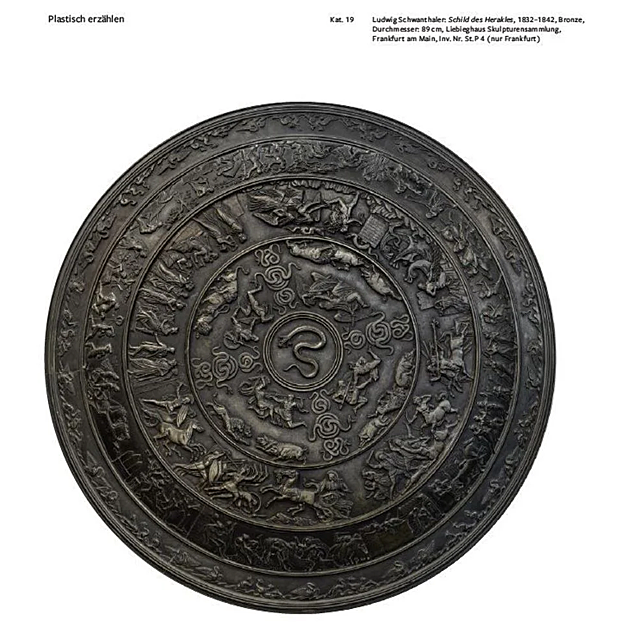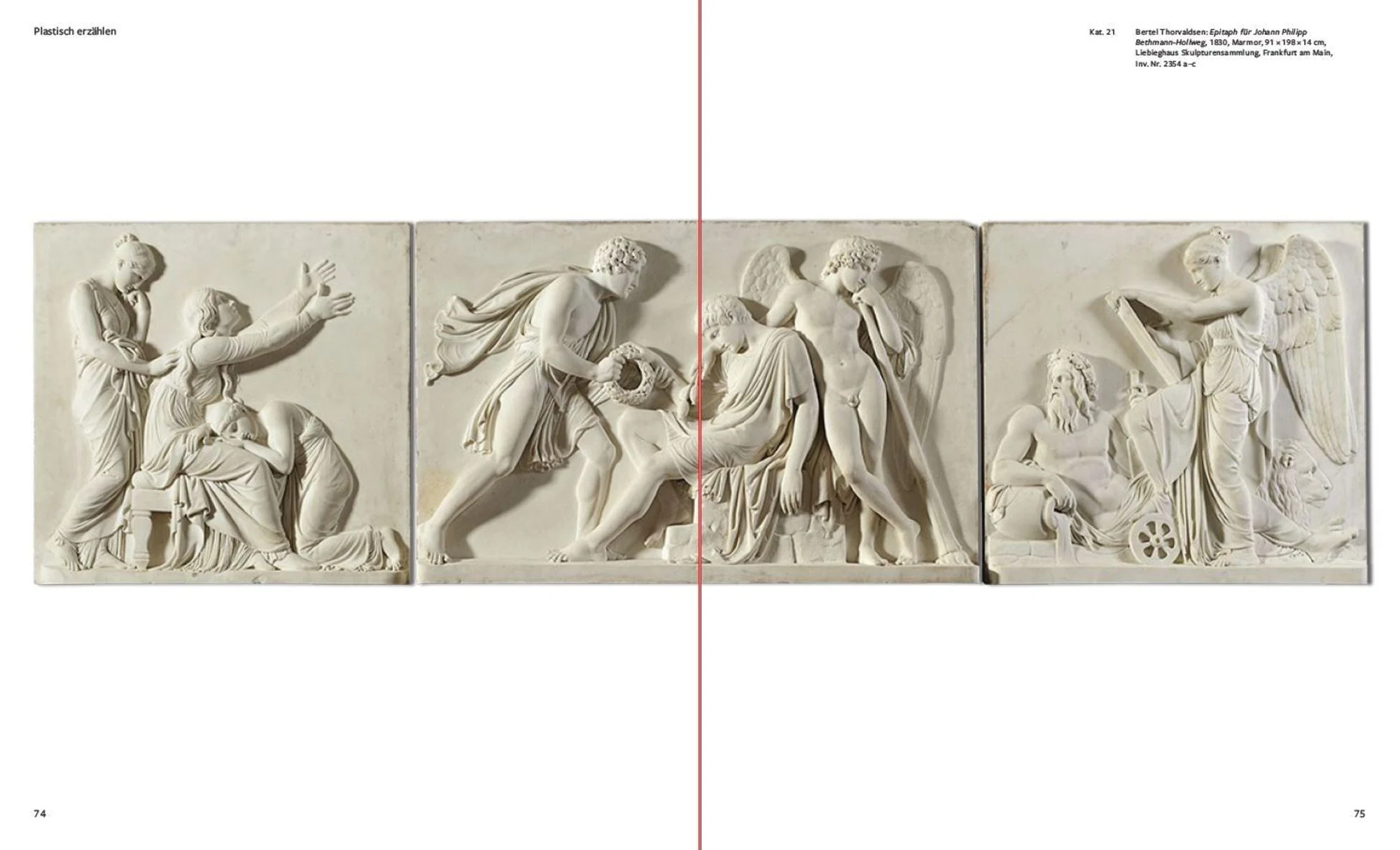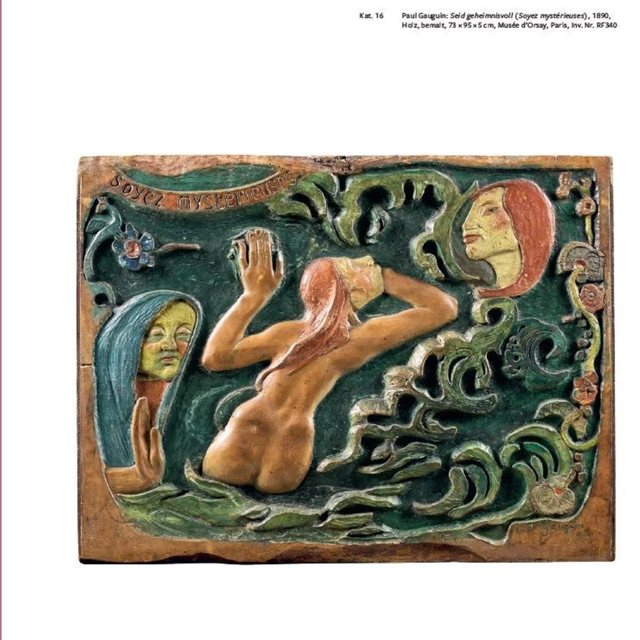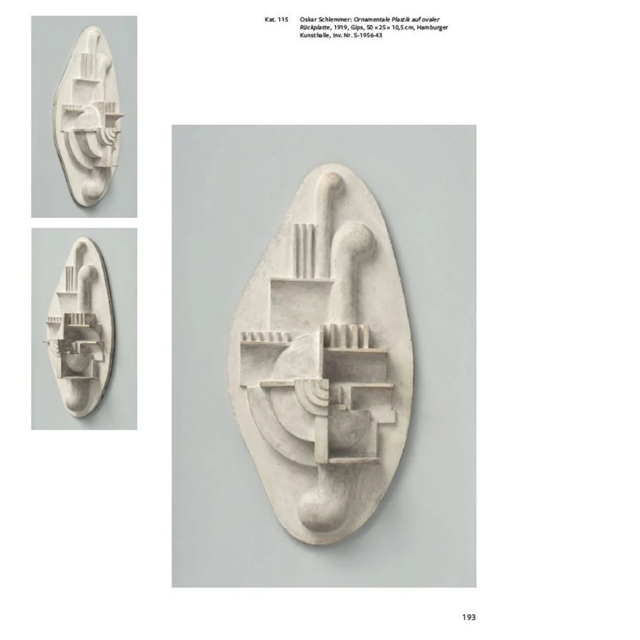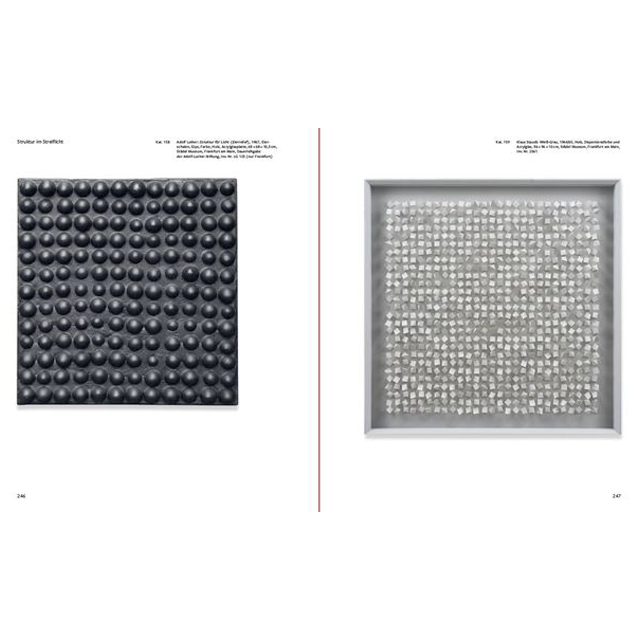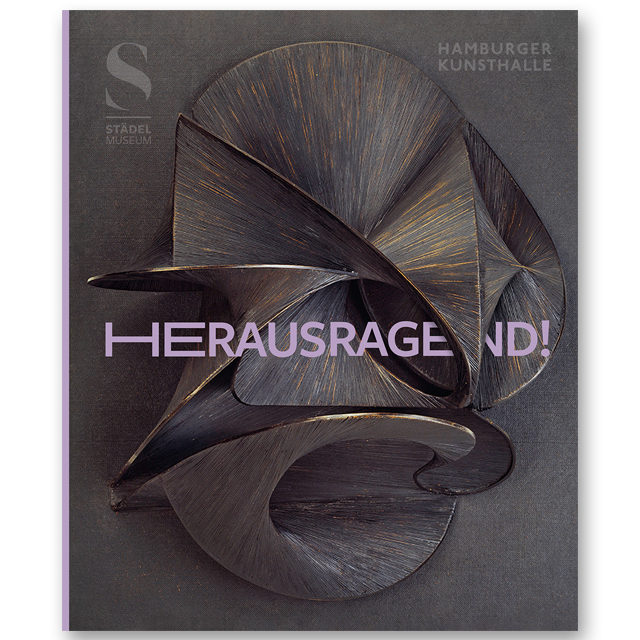
Data:
| Article number | 16899BA |
| Price | 49,00 € |
Description:
EXCELLENT! THE RELIEF FROM RODIN TO TAEUBER-ARP | 13 Oct 2023 - 25 Feb 2024 | Special exhibition | Exhibition catalogue | German edition
The relief is a hybrid form: located somewhere between painting and sculpture, it is bound to the wall surface but often projects far into the room. It is precisely its indeterminacy that has made this medium an important field for experimentation and innovation. In it, artists could defy genre boundaries and take up independent positions.
With around 130 exhibits - reliefs, sculptures, sculptures and paintings - by over 100 artists from Europe and the USA, the exhibition takes a look at the different forms of relief from 1800 to the 1960s. During this period, the medium became increasingly important: while sculptors such as Berthel Thorvaldsen in Classicism oriented themselves on rediscovered works of art from antiquity, in the 19th century artists such as Auguste Rodin and Medardo Rosso deliberately broke the mould of sculpture; painter-sculptors such as Edgar Degas, Paul Gauguin, Pablo Picasso, Henri Matisse and Alexander Archipenko questioned the handling of form and colour anew in relief. In the 20th century, new techniques spurred the change, with Dadaists such as Kurt Schwitters and Hans Arp developing relief collages from everyday materials. They and artists of the Russian avant-garde, the Bauhaus or Constructivist-Concrete art - including Willi Baumeister, Erich Buchholz, Naum Gabo, Lou Loeber, Iwan Puni, Oskar Schlemmer and Sophie Taeuber-Arp - also aimed to shape a new world and society with their works. Since the 1950s, artists such as Jan Schoonhoven, Piero Manzoni and Karl Hartung have explored the surface of the work as a structure, and women artists such as Louise Nevelson and Lee Bontecou have conquered their place in art history with expansive material objects.
The show is divided into twelve thematic chapters. Artists from the various epochs thus enter into a lively dialogue on selected aspects of relief, for example: Narrative, Painterly/Plastic, Multicolour, Multiple Perspective and Breaking the Surface.
The last exhibition on the genre of relief took place over 40 years ago. Since then, our reality has changed and is now mostly perceived through the surfaces of screens. At the same time, there is a growing need to touch and understand, which is met by the openness of the relief. The medium is also currently experiencing topicality because of its existence in the in-between: As a hybrid, it offers new possibilities for experiencing and understanding the world.
Hardcover | Paperback | 264 pages | 23.0 x 28.0 cm | 280 colour illustrations | German language
The relief is a hybrid form: located somewhere between painting and sculpture, it is bound to the wall surface but often projects far into the room. It is precisely its indeterminacy that has made this medium an important field for experimentation and innovation. In it, artists could defy genre boundaries and take up independent positions.
With around 130 exhibits - reliefs, sculptures, sculptures and paintings - by over 100 artists from Europe and the USA, the exhibition takes a look at the different forms of relief from 1800 to the 1960s. During this period, the medium became increasingly important: while sculptors such as Berthel Thorvaldsen in Classicism oriented themselves on rediscovered works of art from antiquity, in the 19th century artists such as Auguste Rodin and Medardo Rosso deliberately broke the mould of sculpture; painter-sculptors such as Edgar Degas, Paul Gauguin, Pablo Picasso, Henri Matisse and Alexander Archipenko questioned the handling of form and colour anew in relief. In the 20th century, new techniques spurred the change, with Dadaists such as Kurt Schwitters and Hans Arp developing relief collages from everyday materials. They and artists of the Russian avant-garde, the Bauhaus or Constructivist-Concrete art - including Willi Baumeister, Erich Buchholz, Naum Gabo, Lou Loeber, Iwan Puni, Oskar Schlemmer and Sophie Taeuber-Arp - also aimed to shape a new world and society with their works. Since the 1950s, artists such as Jan Schoonhoven, Piero Manzoni and Karl Hartung have explored the surface of the work as a structure, and women artists such as Louise Nevelson and Lee Bontecou have conquered their place in art history with expansive material objects.
The show is divided into twelve thematic chapters. Artists from the various epochs thus enter into a lively dialogue on selected aspects of relief, for example: Narrative, Painterly/Plastic, Multicolour, Multiple Perspective and Breaking the Surface.
The last exhibition on the genre of relief took place over 40 years ago. Since then, our reality has changed and is now mostly perceived through the surfaces of screens. At the same time, there is a growing need to touch and understand, which is met by the openness of the relief. The medium is also currently experiencing topicality because of its existence in the in-between: As a hybrid, it offers new possibilities for experiencing and understanding the world.
Hardcover | Paperback | 264 pages | 23.0 x 28.0 cm | 280 colour illustrations | German language


